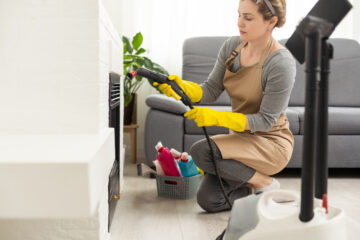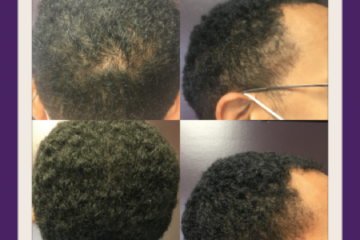Row, row, row your boat gently in..your basement?
That’s not how the song goes and that’s NOT the condition your basement should be in.
When builders are building your home, they are likely to spend money on items you can see immediately, like fancy light fixtures, rather than hidden things that can help you and your home in the long run. Most homes only get their basement walls “damp-proofed”. This is an inexpensive wall coating that doesn’t bridge wall cracks nor stops water completely. Builders also often install a “footing drain” that is installed around the bottom of the foundation. A lot of problems can arise with this drain, especially when installed by unskilled workers. Two of the issues are the drains clog as the water washing into them brings silt and mud with it and another is the drains don’t actually lead out anywhere! Footing drain failure is the most common reason for wet basements, and the worst part is when they fail, the soil around the foundation can’t drain, so it becomes saturated and heavy, which creates hydrostatic pressure that pushes water into your basement through porous blocks, the joint between the footing and the wall, or wall cracks.
So, your home has had one of the above cheap waterproofing remedies done to it, your basement has been wet for a while, and mold is starting to grow…now what do you do?
It’s important to act fast before serious health problems occur. Mold growth in your home is NEVER a good sign. Not only does it irritate those with asthma and mold allergies, but it can also lead to asthma. Due to the “stack effect”, which is what we call the airflow in your home that moves from bottom to top due to warm air rising and needing to be replaced, even if the mold growth is only in your basement it doesn’t mean you aren’t breathing in unhealthy air. Nearly 50% of the air we breathe upstairs comes from downstairs, so you and your family are getting mildew ridden air, and your home is suffering the consequences with damp smelly carpets, buckling hardwood floors and soon to be mold growth upstairs.
The best thing about a damp basement is that there are solutions! There are reliable drainage systems that can collect seepage from your walls and floor simultaneously, drains that can be installed in front of entryways to collect rainwater that has leaked inside, and sump pumps that you can rely on even during the heaviest of storms to pump the water out and away from your home. No matter what you decide to do, talk to a professional and make sure only trained and skilled workers are installing your waterproofing products- your home will thank you.
Mikaela Lopez, Marketing Communications Specialist
Frontier Basement Systems – www.trustfrontier.com













